On the hunt for the perfect species of wood for exterior cladding? When taking on a large construction project as the architect, builder, or even homeowner, the selection of wood cladding can greatly influence both aesthetic charm and longevity. It also can be a seriously confusing subject! Get this wood selection wrong and it will all fall apart…literally. After centuries of selling wood for siding, we understand the significance of this choice. Let’s see if we can help to understand not just the good options, but the best options for wood cladding.
Wood siding vs wood cladding
Let’s get the terminology out of the way. Siding is applied directly to the house sheathing (plywood, osb, etc). Cladding is applied to furring strips or a framework that is then applied to the house sheathing. Cladding is the preferred method for most homes as it provides an air gap and an outer “envelope” to improve insulation, water drainage, and sound dampening to the structure. Rainscreen siding is a commonly used term to say the same thing (in a more confusing way) because it relies on the air gap to physically prevent water from reaching the inner structure. It probably should be called rainscreen cladding but now you are starting to see the semantic nature of siding vs cladding. To most of us, siding and cladding are the same thing and really we can use the terms somewhat interchangeably. But let’s face it, cladding sounds better. It sounds more luxurious, and wood cladding sounds even better. So I’m going to go with cladding throughout this article.
Why Wood Cladding
We should probably start with why choose wood for cladding in the first place right? There are a lot of options on the market today from vinyl siding to cement fiber board to any number of petroleum based extruded products. So many products out there all basically trying to do what wood has been doing well for centuries.

- Wood is Beautiful: why let your home look like every other one on the block. Wood is unique and luxurious and just gets better with age.
- Sustainable and Renewable: wood actually grows on trees! It stores carbon instead of producing it like other siding materials.
- Rot and Moisture Resistant: quality exterior woods resist moisture naturally with oils and resins. No chemical additives needed. In fact, did you know that most rot resistant chemicals are derived from trees in the first place?
- Longevity: Well maintained wood cladding will last 40-60 years. You can maintain the finish or let it weather and turn to a silvery grey.
- Insulation: Wood has the highest R value and sound insulation of all siding materials
- Easy to work: It’s wood, you can cut it, shape it, sand it without needing specialized tools. It can be formed into any kind of clapboard profile you can dream of.
BUT…IT DEPENDS ON THE WOOD
All of the above is true, but choosing the right species is at the heart of it. Choosing the best species will make these points even stronger and even add in additional things like protection from bugs and even fire. Put another way, choosing the wrong species will invalidate all of those statements.
Selecting a wood for cladding
When considering a wood species for your exterior cladding needs, look at durability, performance, and aesthetic appeal. Each wood species will have its own unique characteristics, so it’s essential to assess your specific project requirements to make the best choice for your project. One of the most important considerations is weight, and it’s one that should not be taken lightly, pun intended. While Jatoba, for instance, makes for a beautiful exterior cladding, it is one of our heavier options. Make sure your project can handle that added weight without causing other issues.
Each wood species possesses different levels of rot resistance against bugs, natural weathering and moisture. Western Red Cedar for instance, is naturally resistant to decay and insect damage, making it superb for exterior cladding. This species contains natural oils and resins that help shield the wood from harsh elements. Furthermore, different wood species react uniquely to weathering and moisture. Woods like Ipe and Jatoba are renowned for their exceptional stability and capability to endure extreme weather conditions. These woods have a dense grain structure that reduces the risk of warping, cracking, and splitting.
Top 3 Species for Wood Cladding
Selecting the perfect species with the sheer number of wood options is really daunting. Here are three options stand out for ease of installation, durability and appearance. Frankly making this list is a lot like choosing a favorite child for us, but the line had to be drawn somewhere. Don’t worry I will mention some other options later. Let’s look at the top 3 wood species.
1. Western Red Cedar: Renowned for its timeless elegance and natural durability, Western Red Cedar is a classic choice for exterior cladding. Its rich color variations and distinct grain patterns add character to any architectural design. Like most woods it weathers gracefully to a silvery grey color which is almost iconic in areas like the Hamptons and across New England. This wood species contains natural oils that act as preservatives, making it resistant to decay and insect damage. With proper care, Western Red Cedar can last for decades, serving as an excellent long-term investment. It is incredibly lightweight meaning its easy to install and it is available in long lengths for those uninterrupted lines in your siding. You’ll also find that Alaskan Yellow Cedar is a great choice—similar performance, weight, rot resistance, and size available but just in a different hue.

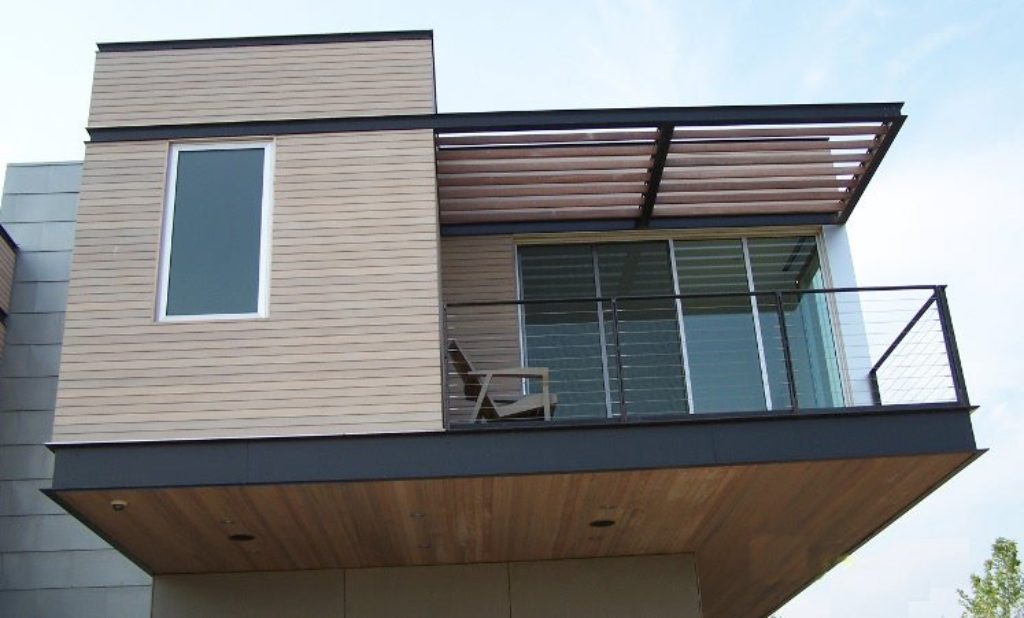

2. Sapele: A great choice for exterior cladding that is durable yet visually interesting. If you are looking for that exotic look, then Sapele ticks all the boxes. Sourced from tropical Africa, this striking red hued wood is extremely rot resistant and hard with exceptional stability. The Sapele tree is enormous meaning thick, wide, and exceptionally long boards are readily available. When quartersawn, Sapele showcases a beautiful ribbon design throughout the board, making it a unique choice for exterior uses.
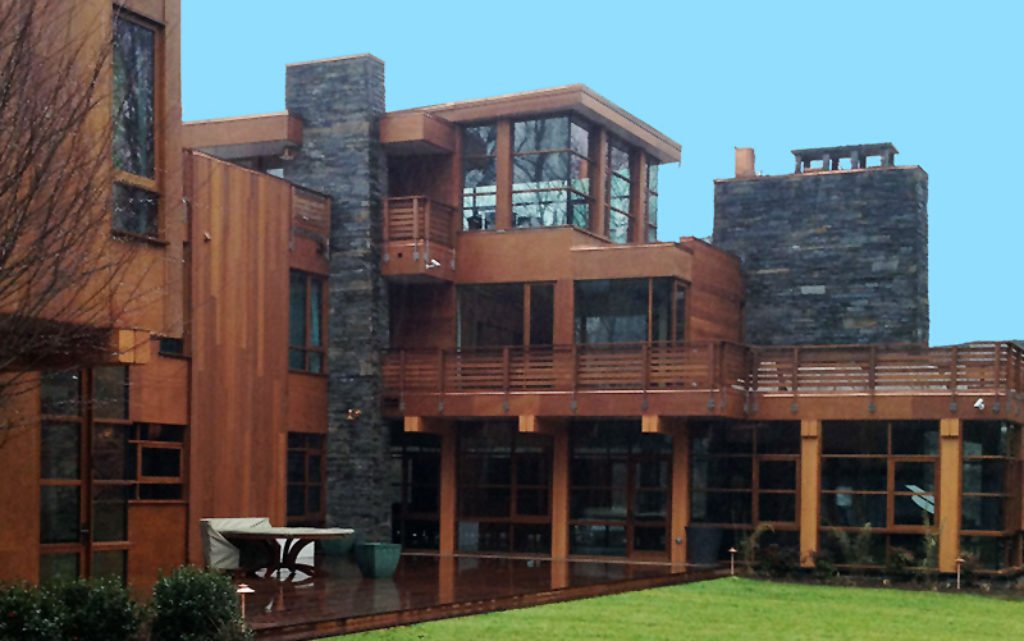


3. Thermally Modified Ash: Let’s talk technology now. Stability is always the concern with wood since it moves with seasonal changes. Thermal modification eliminates the movement from wood and makes it water and rot resistant. This process uses only heat and water with no chemical additives. It is a way of taking an interior wood species and transforming it into a top performing exterior species. The process, sometimes known as “baking” gives the wood a darkened, caramelized look that is truly luxurious. Thermally modified Ash specifically is a beautiful dark brown, quite hard and durable, and completely. The modification process gives it a performance life of 40-60 years. Thermal modification takes the best of wood cladding and makes it even better. Moreover the process has been around for 60+ years and just continues to be perfected and more efficient.

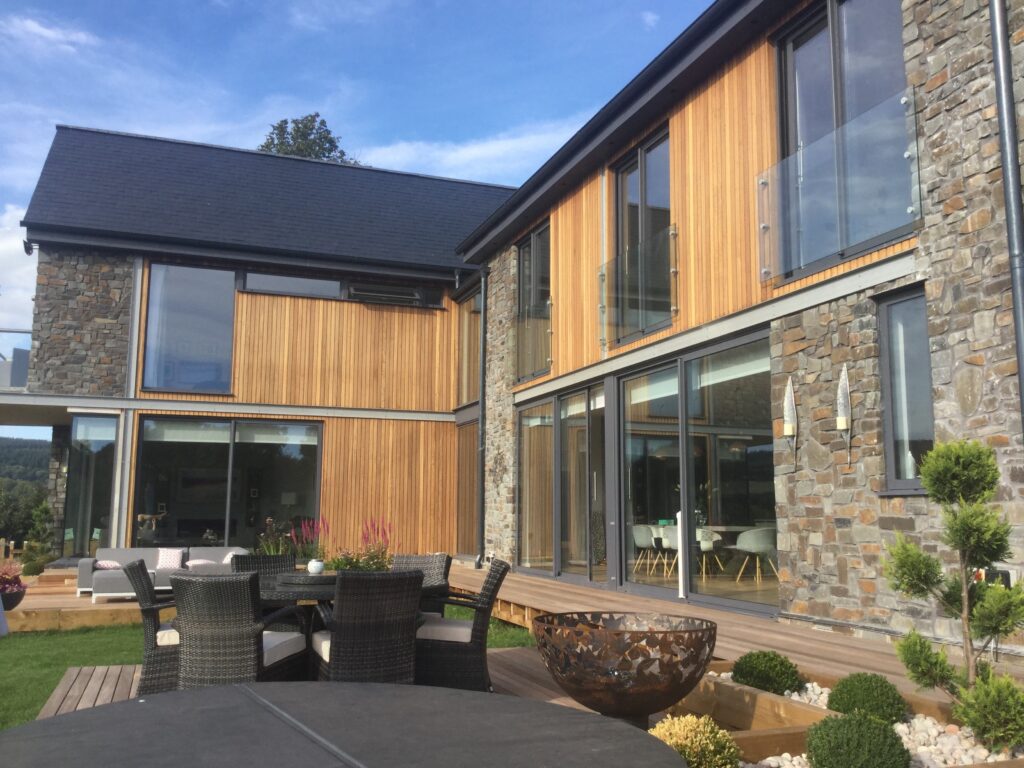

These are the “Alpha” Exterior Species
What these three species also have in common is that they’re all featured in our Alpha pre-finished exterior cladding lines. They have proven to be exceptional choices for exterior applications, which is why we’ve trusted them to be showcased in our branded products. Be sure to read up on the other three species offered within Alpha, as they are just as deserving of praise! (include links to Cypress, Jatoba, and White Oak
Other Wood Siding Options
Like I said, choose just 3 species is like choosing a favorite child. There are many more that can be exceptional choices as long as you understand their limitations and that will work in your project.
- Ipe, Jatoba, Cumaru: These tropical woods are synonymous with decking but have gained great popularity for cladding. As stated above, they are quite heavy. But highly stable, EXTREMELY hard, gorgeous, and rot resistant. Even fired rated in the case of Ipe. But they can also be quite expensive.
- White Oak: what’s more commonplace than Oak? We built this country with the stuff! White Oak is locally sourced, highly rot resistant, and quite hard. It has a great grain pattern in both flat and quartered grains and takes finished very well for a beautiful look. But White Oak will not be as available in wide or long boards.
- Cypress: nearly water proof due to its high oil content and locally sourced, Cypress is a logical choice. It is lightweight and a beautiful pale yellow color. But some Cypress from later growth and less managed plantations will not be as rot resistant and can be stringy and split prone. Careful selection of the material is a must and your supplier needs to understand the wood and how to try it properly very well.
- Other Modified Woods: Accoya, Kebony, Thermory, etc are all sound cladding options and all use different methods of wood modification. The key with these is a totally stable board that is rot resistant. Oftentimes with an accompanying warranty. Generally these haven’t been very attractive options but in recent years, the manufacturers have added color to make them better looking. In most cases they are quite soft and the length and width options are pretty limited. Not to mention, very expensive.
- A host of other tropical woods: Teak, Iroko, Mahogany, etc all can fit the bill here but as is to be expected these woods are quite expensive and require intimate knowledge of the supply chain, concession management, grade, and source to be clear on sustainability. They are all beautiful woods but additional lead time and care must be considered when choosing them.





Confused? Choose a Wood Expert to Guide You
We offer a wide range of premium wood species for wood cladding at J. Gibson McIlvain Co. For centuries we have travelled the world to understand our suppliers and verify the sustainability of every species we stock. We often re-dry these materials on our own yard to ensure quality control. We also make the cladding right here at our millwork facility and then finish it for you. Our goal is to provide a source to finished product to guarantee the not just the highest quality product, but the right wood species for your specific needs. We want to help guide you through the selection process, ensuring that you choose the ideal wood species that align with your design goals without compromising on quality. Get in touch with us to discover the perfect species and wood cladding solution for your project!

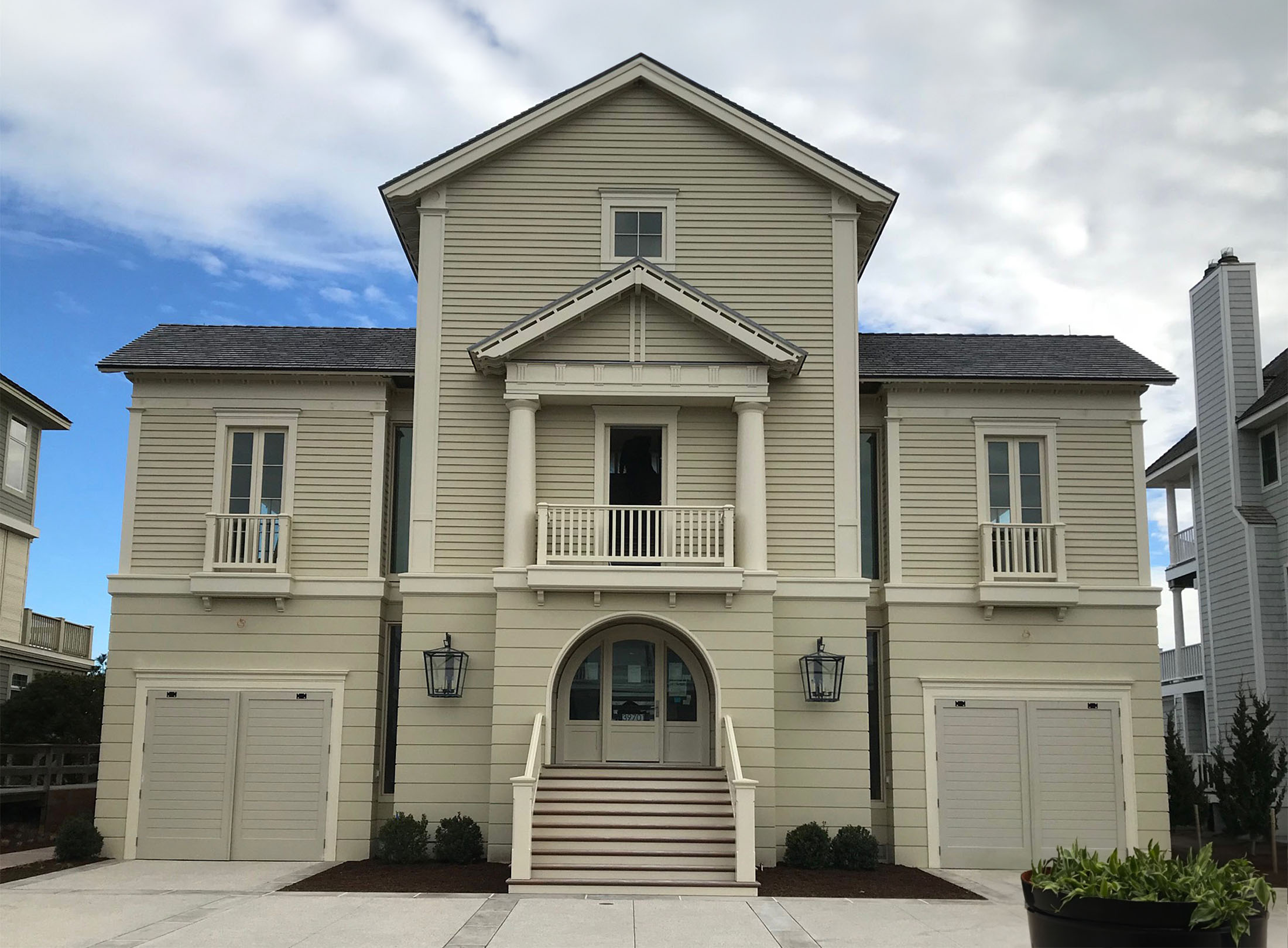


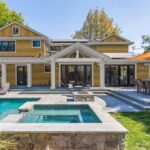






Leave a Reply